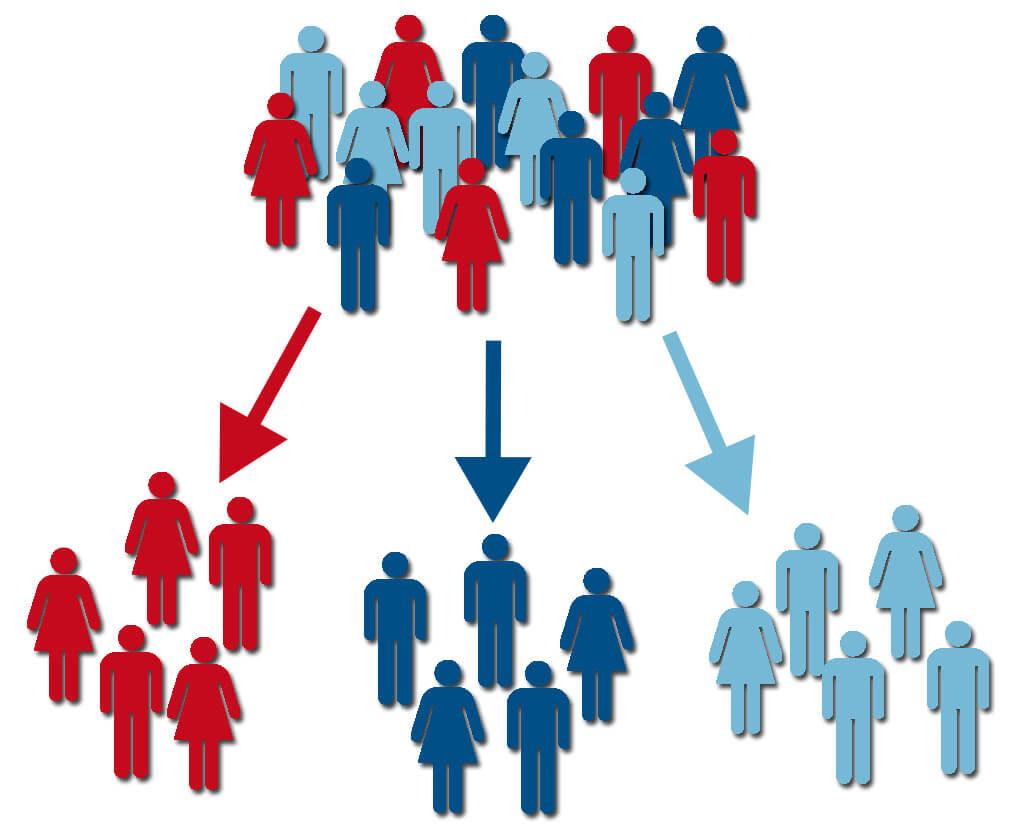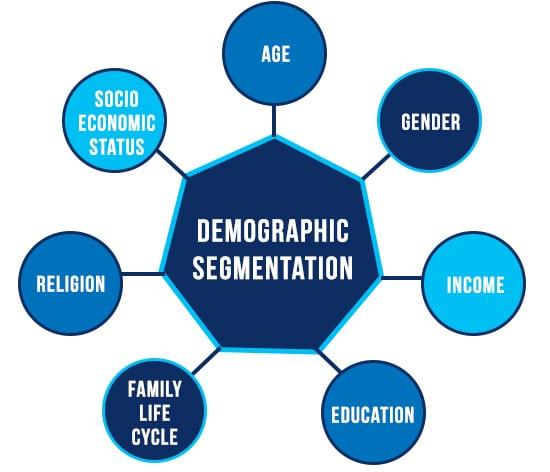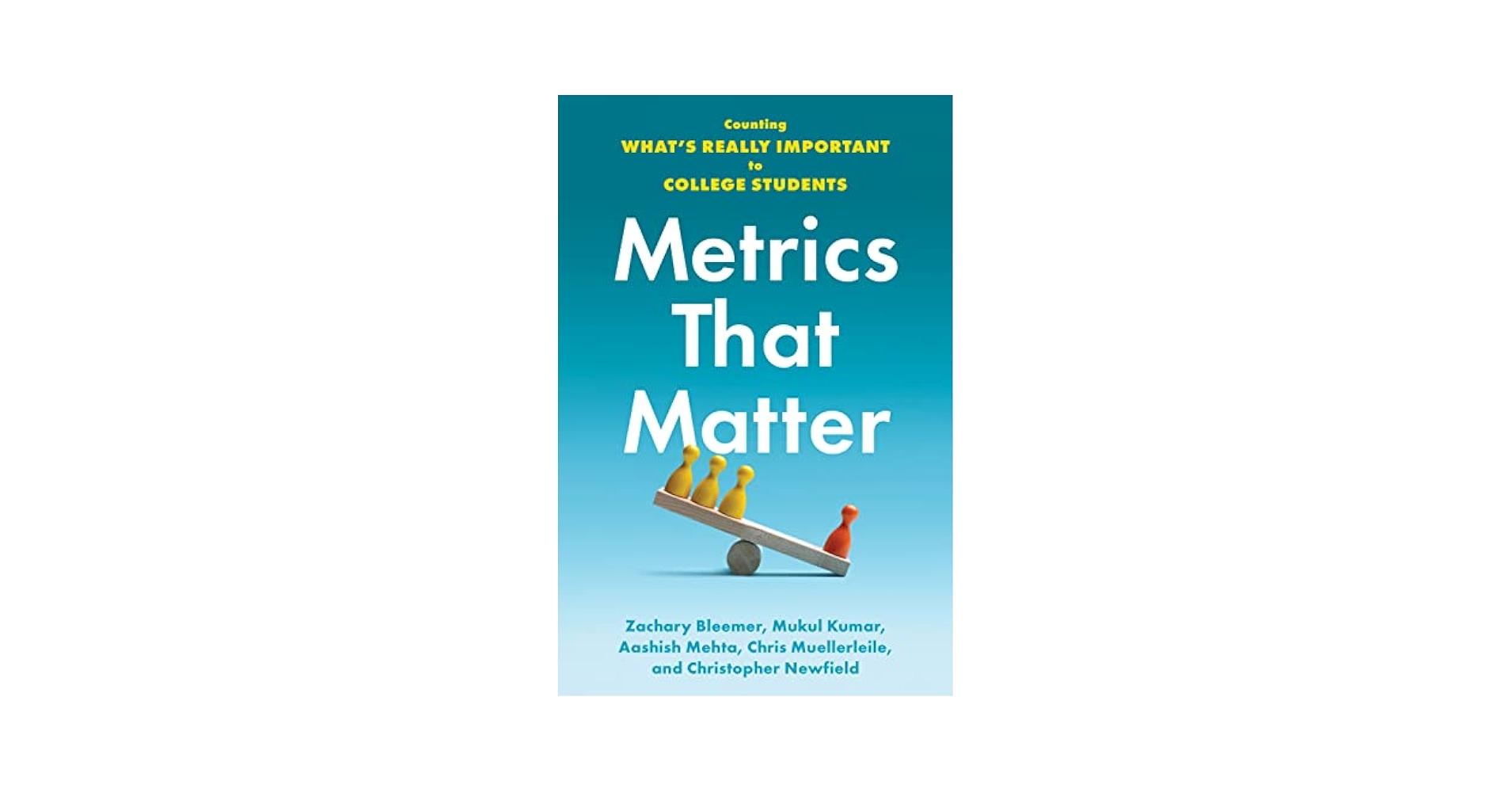
Decoding Influencer Marketing: Why Audience Demographics matter
In an era where social media reigns supreme, influencer marketing has emerged as a pivotal strategy for brands seeking to connect with audiences in authentic and engaging ways. But as the digital landscape evolves, so too does the complexity of these influencer-brand partnerships.Central to this dynamic lies a question that often goes overlooked: just who are the followers behind these charismatic personalities, and how do their demographics impact marketing effectiveness? Understanding audience demographics isn’t just a box to check; it’s the key to unlocking deeper engagement and delivering tailor-made messages that resonate. In this article, we will explore the significance of audience demographics in influencer marketing, uncovering the ways in which they shape strategies, influence outcomes, and ultimately drive success in a crowded marketplace. Join us as we delve into the intricate tapestry of influence and discover why knowing your audience is more crucial than ever.
Understanding Audience Segmentation in Influencer Marketing
Effective audience segmentation is crucial in influencer marketing as it allows brands to tailor their messaging and strategize their campaigns more precisely. By analyzing various audience demographics, such as age, gender, location, and interests, marketers can identify which influencers resonate best with their target market.This targeted approach not only enhances engagement but also increases the potential for conversion. Influencers have dedicated followings that often share similar characteristics; therefore, understanding these segments can ensure that advertising efforts feel authentic and relevant to the audience.
To facilitate this process, brands often utilize various tools and methodologies to gather data on potential influencer audiences. Some key aspects to consider include:
- Audience Reach: The sheer number of followers an influencer has.
- Engagement Rate: The level of interaction (likes, comments, shares) within the influencer’s content.
- Content Preferences: Types of content that resonate most with the audience.
By dissecting these segments and leveraging analytics, brands can better strategize their collaborations, ensuring they align closely with their overall marketing objectives and enhance the likelihood of campaign success.

The Impact of Demographics on Influencer Selection
When selecting an influencer,understanding their audience demographics is crucial for aligning marketing goals with potential reach. Influencers come with distinct follower bases characterized by factors such as age, gender, location, and interests. Brands should evaluate these demographics to pinpoint the ones that most closely align with their target audience. as a notable example, a beauty brand aiming to attract millennials may opt for influencers who engage followers primarily in this age group, ensuring the content resonates deeply. This connection between the influencer’s audience and the brand’s demographic can enhance the effectiveness of marketing campaigns and improve conversion rates.
Moreover, audience demographics influence the type of content that will resonate best. Different age groups and cultures may prefer varying styles of engagement, whether through authentic storytelling, humor, or polished, professional content. To illustrate this point, consider the following aspects in optimizing influencer selection:
- Age Groups: Tailoring content that appeals to specific generations ensures a stronger brand affinity.
- Gender Preferences: Adapting messaging based on gender expectations can considerably enhance relatability and cachet.
- Geographical Targeting: Selecting influencers who resonate with local cultures can boost brand relevance and authenticity.
| Demographic Factor | Impact on Influencer Selection |
|---|---|
| Age Range | Select influencers with a follower base in the target age demographic. |
| Location | Choose influencers who resonate with specific regional markets. |
| Interests | Align influencers whose content matches brand values and target interests. |

Crafting Tailored Campaigns to Maximize Engagement
understanding the nuances of audience demographics is essential for crafting campaigns that resonate. When tailoring your influencer marketing efforts, consider the following factors to maximize engagement:
- Age Groups: Different age brackets frequently enough have distinct preferences and values, influencing their response to various content types.
- Geographic Location: Cultural nuances vary by region,making it crucial to align messaging with local customs and trends.
- Interests and Hobbies: Focusing on specific interests can foster deeper connections and enhance the relatability of your campaigns.
Additionally, leveraging data analytics enables more strategic decision-making. By analyzing engagement metrics, you can refine your approach to better cater to your audience. Consider creating tailored content categories based on demographics:
| Demographic Group | Content Type | Preferred Platform |
|---|---|---|
| Gen Z | Short-form videos | TikTok, Instagram |
| Millennials | Interactive polls and quizzes | Instagram, Twitter |
| Gen X | In-depth articles and reviews | Facebook, LinkedIn |

Measuring Success: Metrics that Matter for Diverse Audiences
When it comes to influencer marketing, understanding your audience is crucial for defining success. Metrics that indicate how well an influencer’s message resonates can vary significantly across different demographics. Engagement rates, reach, and conversion rates are fundamental metrics to keep in mind; though, deeper insights into audience preferences can provide even more actionable data. Consider the following metrics that reveal the effectiveness of a campaign tailored to diverse audiences:
- Demographic Breakdown: Analyzing the age, gender, location, and interests of the audience can definitely help tailor content that speaks directly to them.
- Sentiment Analysis: Measuring how audiences feel about content through likes, shares, comments, and sentiment scores can identify what works and what doesn’t.
- Behavioral Metrics: Tracking website visits, time spent on site, and scroll depth can definitely help gauge audience engagement beyond social media.
| Metric | Importance | Audience Focus |
|---|---|---|
| Engagement Rate | measures interaction with content | All demographics |
| Reach | Indicates potential audience size | Broad based |
| Conversion Rate | Tracks the effectiveness of content in driving action | Targeted segments |
By honing in on these key metrics, brands can not only measure the success of their influencer marketing campaigns but also adjust their strategies to better cater to varied audience segments. Customizing content based on demographic insights not only enhances engagement but also fosters a more authentic connection between the influencer, the brand, and the audience. As the landscape of digital marketing evolves, leveraging these metrics will be vital for thriving in an increasingly competitive marketplace.
Closing Remarks
As we navigate the vibrant and ever-evolving landscape of influencer marketing, one takeaway emerges clearly: understanding audience demographics is not just a step but a cornerstone of triumphant strategies. Whether you’re a brand looking to amplify your voice or an influencer striving to connect authentically, knowing who your audience is can transform your approach and enhance the impact of your campaigns.
in this digital age, where trends can shift with a swipe and attention spans are fleeting, the value of targeting the right demographic at the right time cannot be overstated. as we decode the intricacies of this marketing realm, let us remember that behind every click, like, or share lies a diverse tapestry of individuals each with their unique preferences and influences.
So,as you embark on your next influencer collaboration,take a moment to dive deep into the metrics that matter. Embrace the data, respect the audience, and let these insights guide you towards meaningful connections that resonate far beyond the screen.successful influencer marketing is less about the quantity of followers and more about the quality of engagement—an authentic connection that speaks to the heart of your audience.